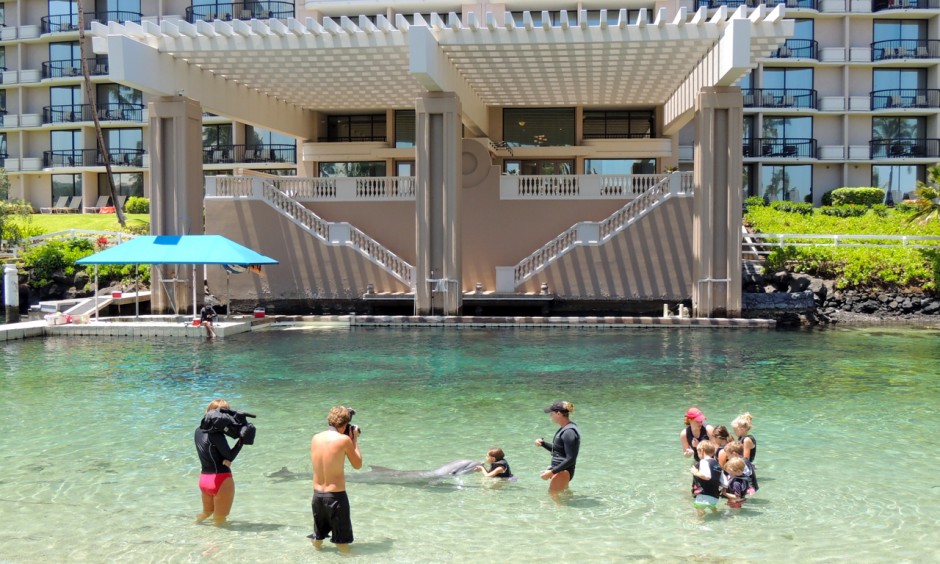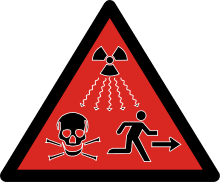![]()
 Arches National Park in Utah is a jumble of strange and beautiful rocks, spires, arches, and fins. The more times you come here, the more amazing wonders you might find: a fifty-feet long natural rock tunnel, nearly 2,000 arches, groves of cottonwoods in washes, springs, unusual canyons, beaver, turkeys, wildflowers, and petroglyphs.
Arches National Park in Utah is a jumble of strange and beautiful rocks, spires, arches, and fins. The more times you come here, the more amazing wonders you might find: a fifty-feet long natural rock tunnel, nearly 2,000 arches, groves of cottonwoods in washes, springs, unusual canyons, beaver, turkeys, wildflowers, and petroglyphs.
Most people who come to Arches are unaware of all it has to offer. Visitors travel the paved roads and stop at various overlooks and points of interest, get out of their cars, and snap a few pictures. Energetic travelers take the trail up the slick rocks to see Delicate Arch, the image of which is on the Utah license plate. Some sign up for the guided hike in the Fiery Furnace, and some take the trail into the Devil’s Garden, to see the large concentration of easily accessible arches there.
We have the time to explore places we visit, so we have been able to locate, by trial and error and over several years, things the average tourist misses. On the one hand, this has given us a sense of superiority, of being “in the know.” But on the other hand, we have asked ourselves why what we have found isn’t made known to everyone who comes to the park. Why are there so few marked trails? Why don’t the rangers lead hikes to more places? Why are they collecting fees at the entrance stations when they have such remarkable outdoor skills?
Park officials might offer several plausible answers to these questions. They might say that the terrain at Arches is too fragile to have hordes of people walking around on it. This is desert country, and sand covers much of the ground. If left alone, organisms begin to form on top of the sand, making a “cryptobiotic crust.” This crust holds down the soil and creates the conditions that eventually allow plants, bushes, and trees to grow. Walking on it means its destruction, and its recovery takes hundreds of years. Better to keep visitors confined to the roads and a limited number of trails. Then, too, funding for our national parks is in short supply, limiting the number of rangers and ranger-led hikes and compelling rangers to work at the entrance stations. In addition, few Americans hike , so why devote resources to new trails and guided treks.
We can make good counter arguments. To find many of the interesting features in Arches, you have to tramp on the crust. In the absence of marked trails, people intent of finding some particular park wonder are going to make their own paths, creating so-called “social trails.” Rangers hate these, and talk as if they are tantamount to a capital crime. However, if the parks’ workers would just build more trails (a great jobs program for young people), with cairns to show the way, there would be far fewer social trails and the soil would suffer minimal damage. This could be accompanied by a campaign promoting hiking, both as the best way to see the park and as a great way to stay physically fit.
National Park funding is a problem, but the use of the available monies matters too. Large sums have been spent on overly large, elaborate, mega visitors’ centers and on paved roads and parking lots. Stop doing this. Money could be saved on maintenance if jeeps and off-road vehicles were not allowed to run amok on certain dirt roads that should be utilized solely as hiking trails. Local youth in need of jobs could be hired relatively cheaply to collect entrance fees. Further, money shortages could be imaginatively addressed. Park rangers and officials could initiate a public education campaign, in alliance with the tens of thousands of citizens who love the parks and want them to remain sanctuaries of natural beauty. Show the people the consequences of underfunding and develop a comprehensive program for park maintenance and improvement, arrived at through national, democratic public forums. This might be a good project for the Occupy movement: Occupy the National Parks! Tie the underfunding and deterioration of our parks to the parlous state of our environment.
Deeper roots underlie the problems in Arches and the national parks. Perhaps a recent post on The National Parks Traveler website tells us something about these. Those living in Moab, the article says, don’t go to Arches much (or to nearby Canyonlands National Park). Programs exist to teach young people about the parks, but these are in short supply and have little money. However, while it would be good to acquaint youth with Arches, what about the poorly paid adults working in the service industry? They will have neither time nor money to enjoy the parks. Go to any national park gateway town and you will see that the locals are run ragged serving wealthier tourists. Their job is to cater to the needs of others, and no doubt they soon enough develop an attitude of dislike for visitors, and this carries over to an indifference to the beauty that surrounds them. And what is true for the locals is true for most of the people in the United States. We have no guaranteed vacations, as many working men and women still have in Europe. Our wages have stagnated for forty years, and our jobs suck. If we manage to put together enough money for a short trip, it won’t likely take us to Arches. If somehow we do find our way there, we won’t have the time to get to know it. We will be happy to travel the paved roads, camera in hand, and to go to the visitors’ center to buy souvenirs.
Matters might be different if incomes and wealth were more evenly divided in the United States, if work was not such a burden and paid better, if we were not so insecure. Unfortunately, they are not, and this might be why, for most of us, more money and better care of our parks are not very high on our list of priorities.





